
Fibromyalgia Doesn't Have to Be a Life Sentence
A fibromyalgia diagnosis can feel like a brick wall. You’ve got the muscle weakness, the relentless fatigue, the brain fog that makes you second-guess what room you walked into. And just when you manage to get a few hours of sleep? It doesn’t feel restful at all.
If you’ve been there, you know the questions start swirling. Will I always feel this way? Am I stuck taking medications that barely work? And how am I supposed to deal with groggy side effects on top of the brain fog I already have?
Take a deep breath because here’s the thing you need to know as a fellow fibro warrior: Fibromyalgia doesn’t define you. It’s not a life sentence. You can live a fulfilling, dynamic life. You can reduce your symptoms and feel like yourself again—even without being at the mercy of “just more meds.”
The Road to Relief
I was diagnosed with fibromyalgia at 19 years old. That’s more than half my life ago (and yes, I’ve been officially diagnosed multiple times since). At first, it felt like my world was shrinking, but you know what? I refused to stop moving. I decided to figure out what worked for me, on my terms, rather than letting fibro dictate my life.
It’s been over 25 years of learning what my body can handle and making adjustments. Some things I avoid entirely because I know they’ll trigger a flare-up. Other times, I push through when something matters to me, but I plan ahead to rest afterward. It’s a balance, and learning to manage it has given me so much more control.
Food as a Tool for Healing
One of the biggest game-changers in my fibro management has been food. What you eat can either help calm your symptoms or make everything worse.
For me, clean eating is non-negotiable. I avoid heavily processed foods and added sugars as much as possible, and I focus on whole, nutrient-rich options. Over time, I’ve learned to spot which foods trigger my symptoms. And listen, this didn’t happen overnight. It’s been trial and error, but the results? Worth every effort.
Still figuring this out for yourself? A food journal can make a world of difference. Write down what you eat and note how you feel afterward. Patterns will emerge, and once you start connecting the dots, you’ll be able to make choices that support your well-being.
Listening to Your Body
We often underestimate just how much our bodies are trying to tell us. Every symptom, every flare-up, every energy spike is data. Once you start tuning in, you’ll see just how much control you actually have.
Here are a few tips to begin listening to your body more closely:
- Track your triggers: Whether it’s food, activities, or stress, keep notes on what’s going on around the time of a flare-up.
- Listen and adapt: If your body says rest, rest. If it feels good, explore it further.
- Start small: Focus on making one adjustment at a time so it doesn’t feel overwhelming.
Your body isn’t working against you; it just needs you to start listening closely.
You’re Not Alone
If there’s one thing I want you to take away from this, it’s that you’re not alone. I’ve been in the trenches of fibro for most of my life, and I’m here to tell you, it’s possible to feel better. You’re more in control than it might seem.
Start with small, manageable changes. Build on what works for you. And know that support is out there for wherever you are on this journey.
Your Next Step
Are you ready to take control of your fibromyalgia and start feeling like yourself again? My guide to managing fibro naturally is a quick read with a handful of tips and techniques I’ve learned through years of trial and error. Grab your copy here.
xoxo Angela
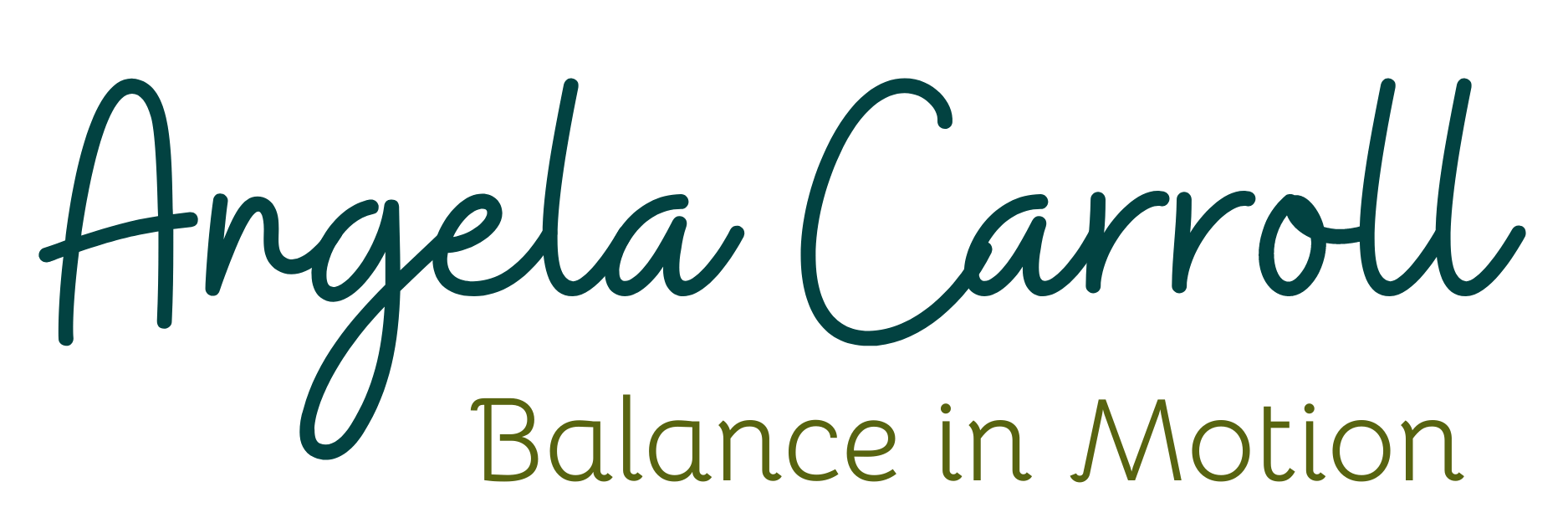





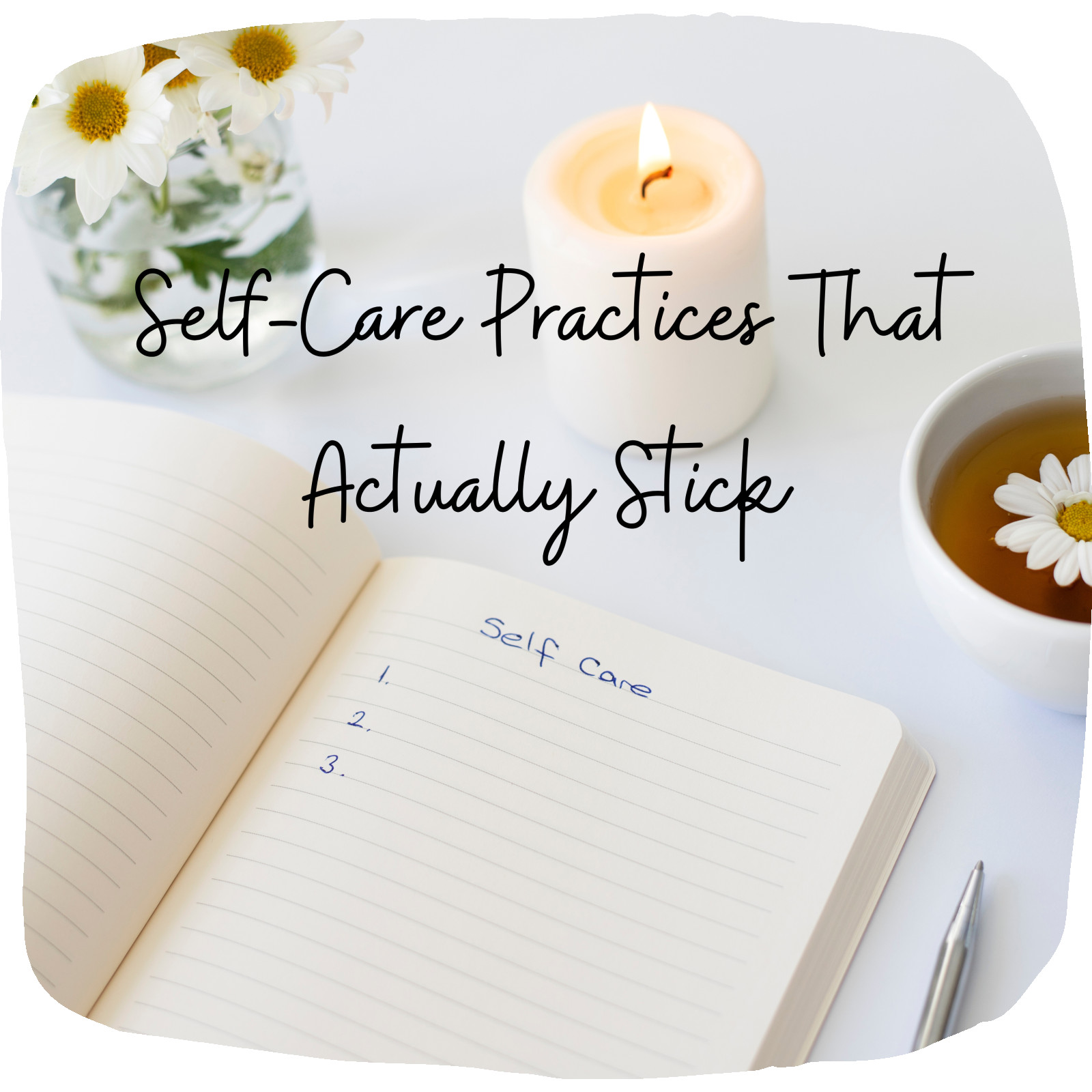

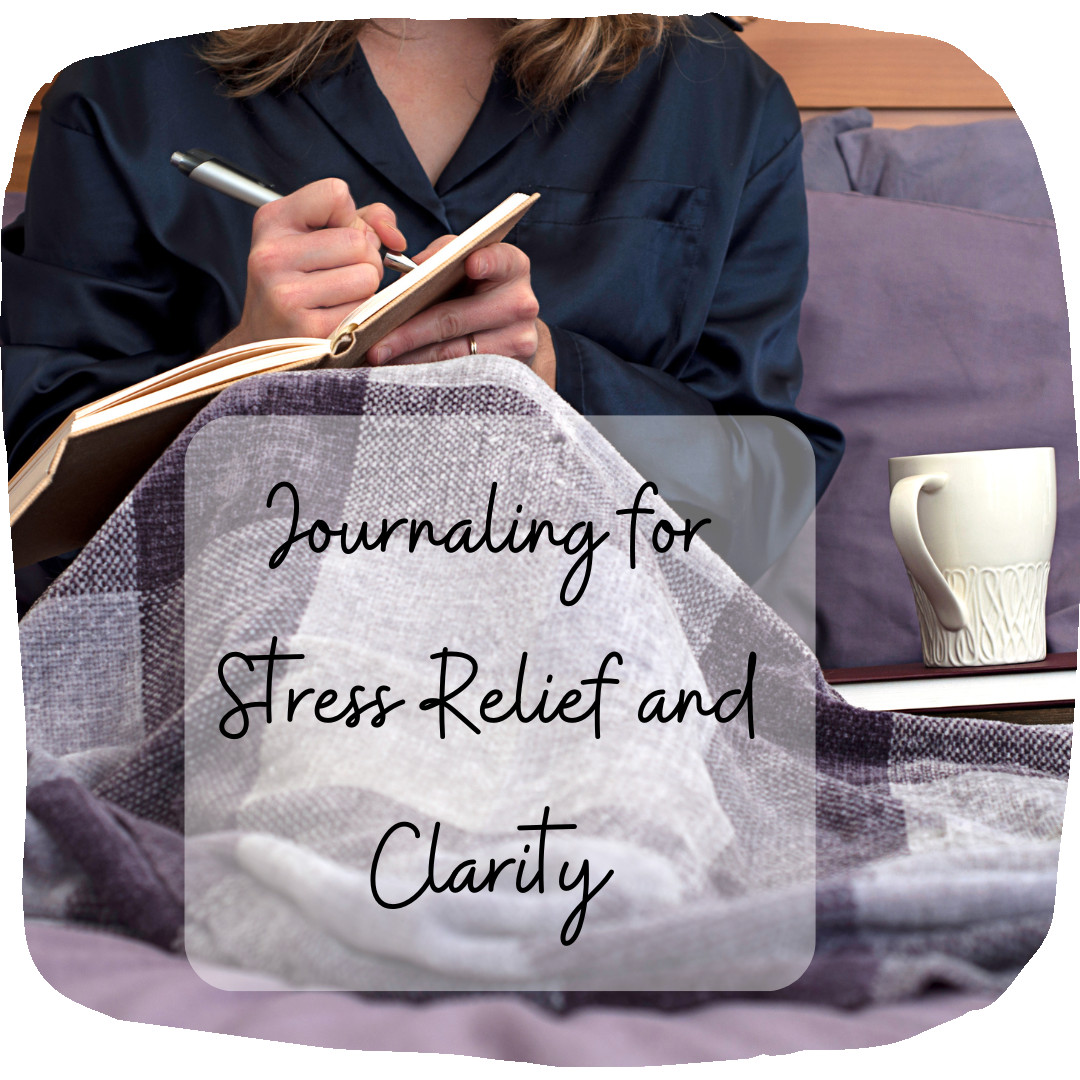

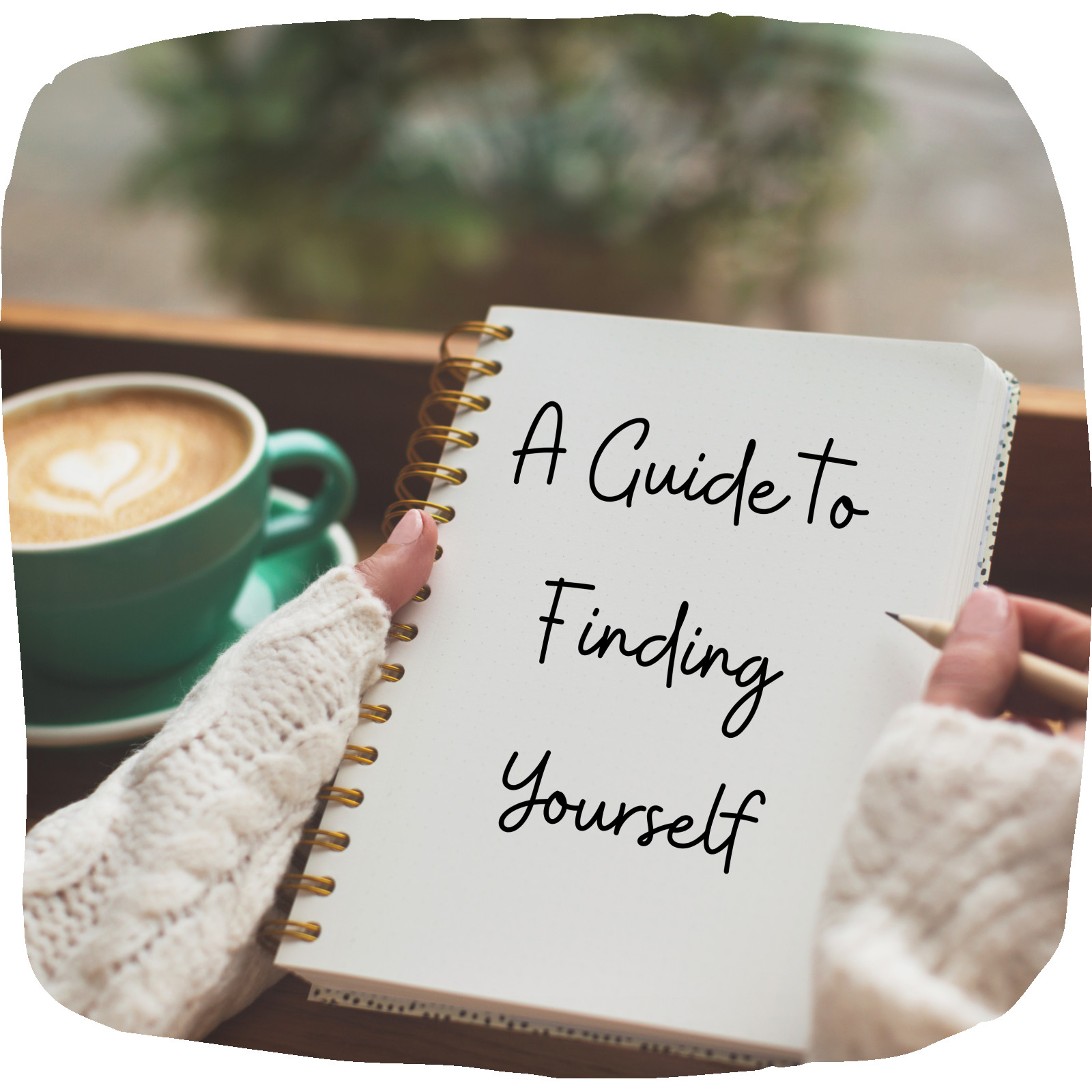
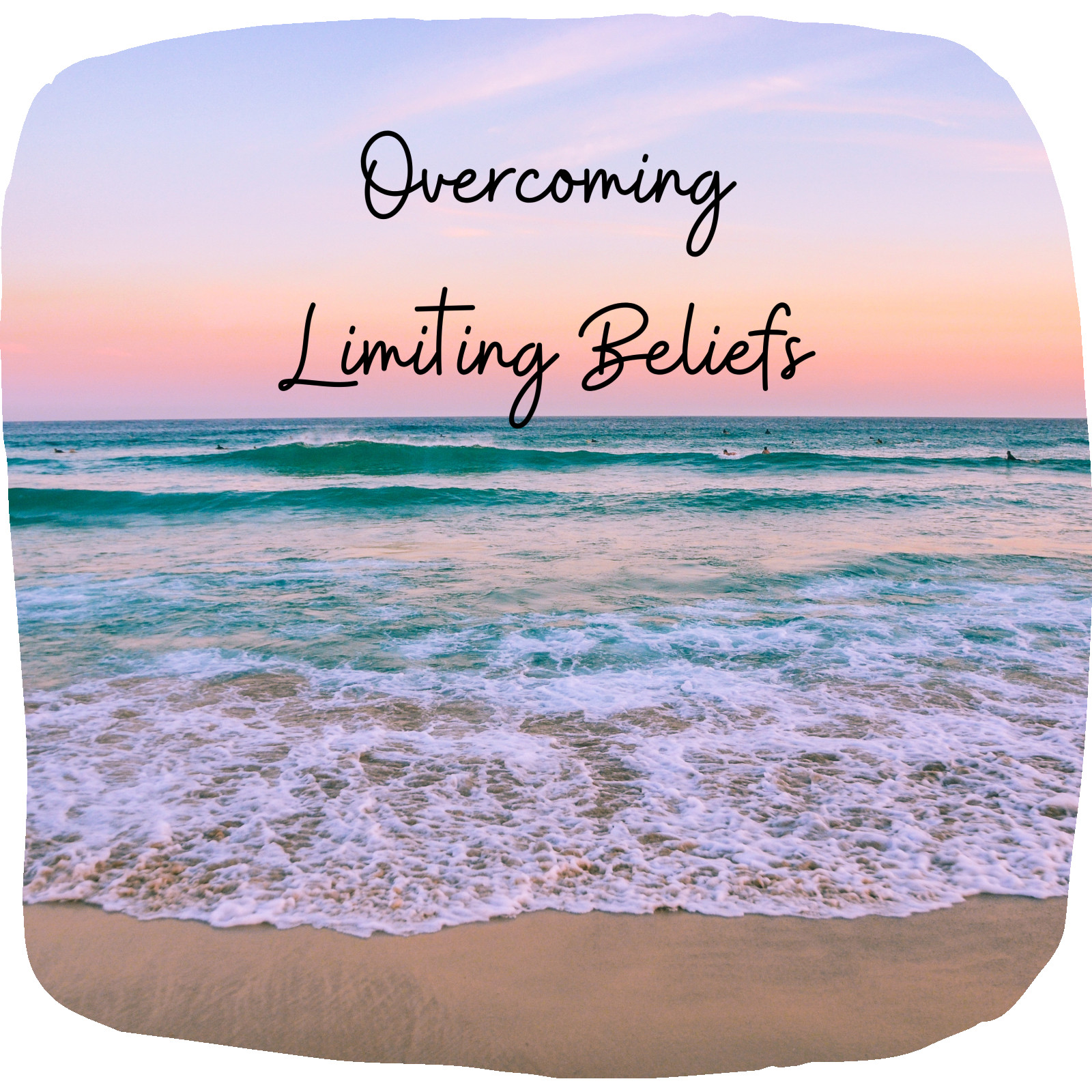

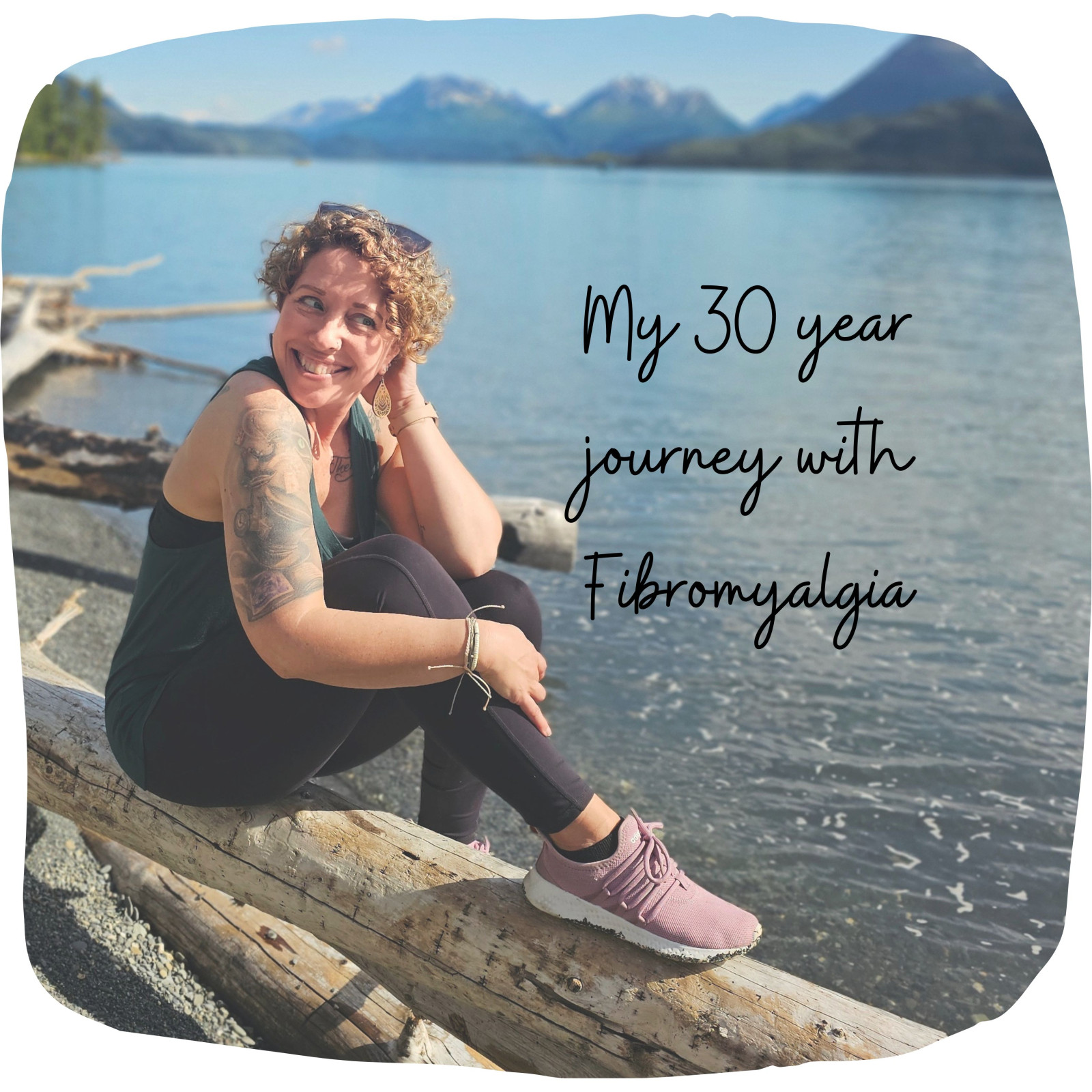




0 Comments